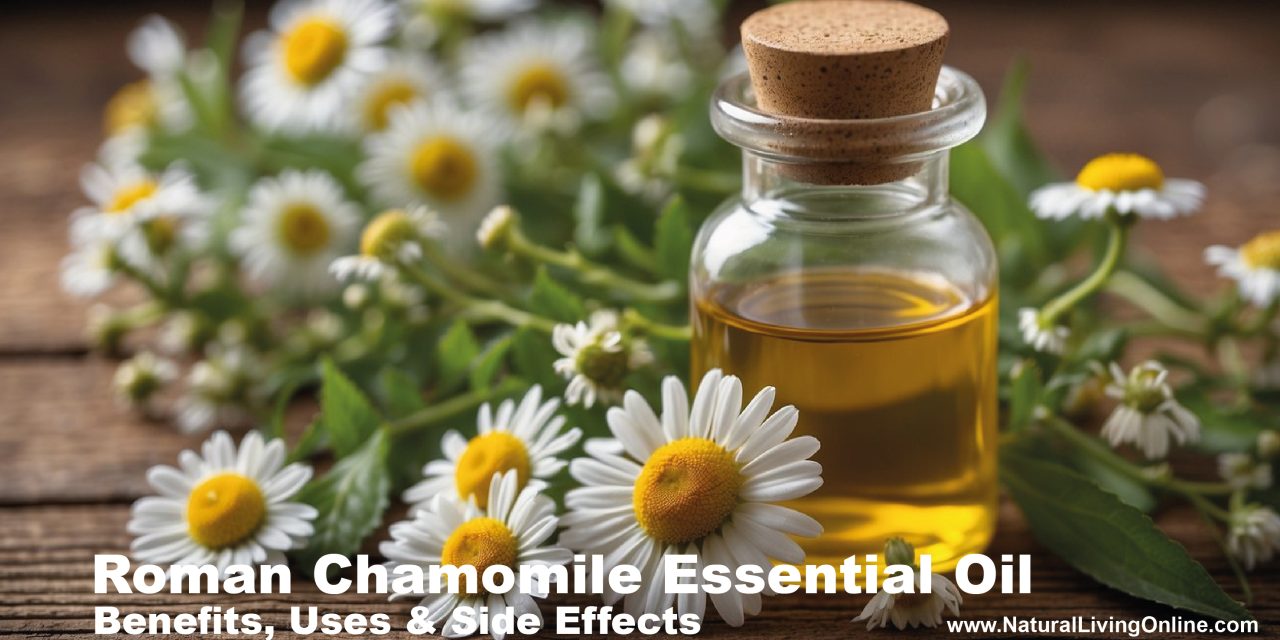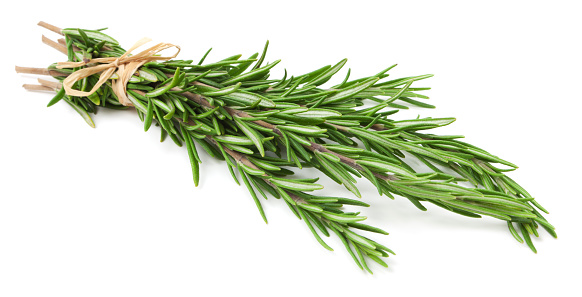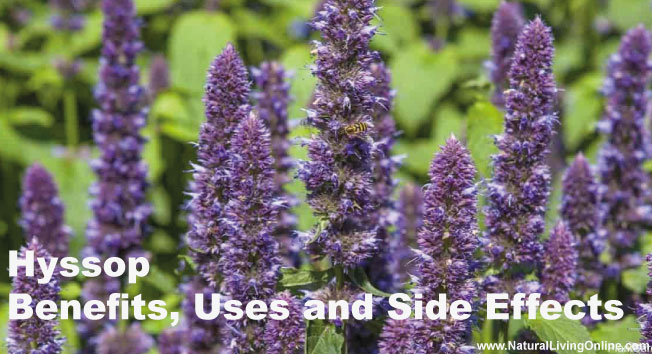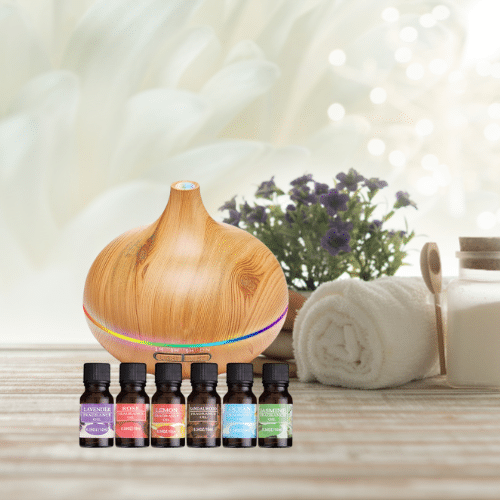Roman Chamomile essential oil is a widely respected natural remedy, with a history of use stretching back to ancient civilizations in Europe. Known for its sweet, apple-like fragrance, it is a product of the small daisy-like plant of the species Chamaemelum nobile. Its popularity in aromatherapy and as a therapeutic agent is owed to a rich chemical composition that includes constituents like terpenoids and flavonoids, which are recognized for their soothing and anti-inflammatory properties.
In practical use, Roman Chamomile essential oil is appreciated for its versatility. It is often found in the formulation of calming teas, relaxing sprays, and gentle skincare creams. Its applications are diverse, ranging from a natural way to reduce anxiety and promote sleep to a topical agent for alleviating skin irritations. However, like all essential oils, Roman Chamomile must be used with caution to avoid potential adverse reactions, and you should consider your personal health conditions and existing scientific evidence when evaluating its therapeutic claims.

Key Takeaways
- Roman Chamomile essential oil is celebrated for its calming effects and anti-inflammatory properties.
- It has diverse applications in aromatherapy and topical treatments, including in products like teas and skincare creams.
- Safe usage requires adherence to guidelines, as improper use can lead to skin irritation or allergic responses.
Essential Oil Profile
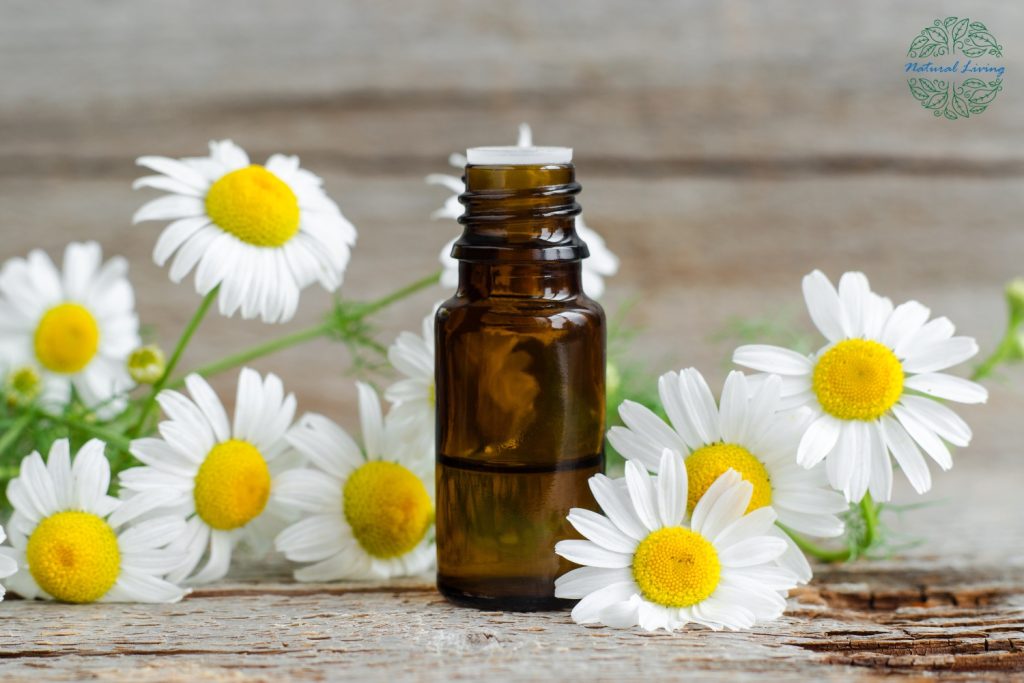
Botanical Name: Chamaemelum nobile (formerly Anthemis nobilis)
Common Names: Roman Chamomile, English Chamomile, Garden Chamomile, Ground Apple
Plant Family: Asteraceae (Compositae)
Countries of Origin: United Kingdom, France, Belgium, Germany, Italy, Hungary, Argentina, Egypt, USA
Extraction Method: Steam distillation
Parts Used: Flowers
Essential Oil Smell: Sweet, fruity, and herbaceous with a hint of apple
Essential Oil Color: Light blue to clear, becoming yellow as it ages
Viscosity: Thin
Perfumery Note: Middle
Strength of Aroma: Medium
Blends Well With
- Lavender (Lavandula angustifolia)
- Geranium (Pelargonium graveolens)
- Clary Sage (Salvia sclarea)
- Rose (Rosa damascena)
- Bergamot (Citrus bergamia)
- Jasmine (Jasminum grandiflorum)
- Ylang-Ylang (Cananga odorata)
Therapeutic Properties
- Anti-inflammatory
- Antispasmodic
- Sedative
- Analgesic
- Antibacterial
- Antidepressant
- Antifungal
- Carminative
- Digestive aid
- Cicatrizant
Uses
- Aromatherapy: to reduce anxiety, stress, and insomnia; promote relaxation
- Skincare: to soothe irritated skin, eczema, rashes, and other skin conditions
- Haircare: to alleviate scalp conditions and promote healthy hair
- Massage: to relieve muscle spasms, tension, and pain
- Bath: as a calming and soothing bath oil
- Digestive aid: in diluted form, to help with indigestion and bloating
Contraindications
- Avoid during the first trimester of pregnancy.
- Not recommended for individuals with allergies to plants in the Asteraceae family.
- Perform a patch test before use to check for skin sensitivity.
Side Effects
- Potential skin irritation or allergic reaction in sensitive individuals.
- Should be used in moderate amounts to avoid sensitization.
Types
- Pure Roman Chamomile Essential Oil
- Blended Roman Chamomile Essential Oil (often mixed with carrier oils for dilution)
Chemical Constituents
- Isobutyl angelate (15-25%): Contributes to the fruity and herbaceous scent.
- Isoamyl angelate (10-20%): Adds to the characteristic aroma.
- 4-Methylamyl angelate (8-15%): Provides a sweet, apple-like note.
- Chamazulene (1-3%): Gives the oil its initial blue color and has anti-inflammatory properties.
- Alpha-pinene (1-5%): Offers anti-inflammatory and bronchodilator effects.
- Beta-farnesene (1-3%): Contributes to calming properties.
- Cineole (1-3%): Provides antimicrobial and decongestant benefits.
Roman Chamomile essential oil is a versatile and gentle oil known for its calming and soothing effects. It is widely used in aromatherapy, skincare, and personal care products, valued for its ability to promote relaxation and alleviate various skin and digestive issues.
Active Compounds
The essential oil primarily comprises alpha-bisabolol and chamazulene, two prominent compounds responsible for much of its functionality. Alpha-bisabolol is known for its calming effects and is also attributed with anti-irritant, antibacterial, and anti-fungal properties. Chamazulene contributes to the oil’s characteristic deep blue color and is recognized for its powerful anti-inflammatory actions.
Anti-Inflammatory and Antioxidant Effects
Flavonoids, naturally occurring plant pigments, are also found in Roman chamomile essential oil and are well documented for their antioxidant effects. These antioxidants help in neutralizing free radicals, thereby preventing cell damage. The anti-inflammatory properties of chamomile oil make it beneficial for skin conditions, soothing muscle spasms, and aiding in gastrointestinal health when used appropriately.
Benefits of Roman Chamomile Oil
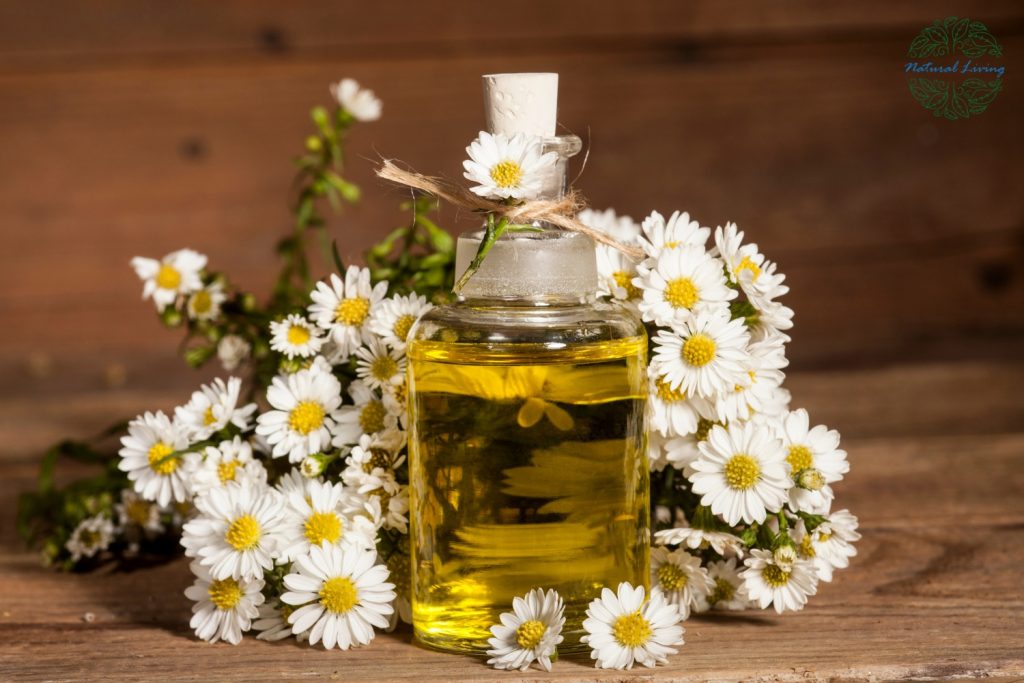
Roman Chamomile Oil is renowned for its calming properties, addressing issues such as anxiety, sleep disturbances, and a variety of skin conditions. Extracted from the flowers of the Chamomile plant, it serves as a gentle but effective remedy in natural health care.
Anxiety and Stress Relief
Roman Chamomile Oil is often sought after for its anxiety-reducing abilities. It acts as a mild sedative, helping to calm the nerves and reduce stress. Inhaling the oil can promote relaxation and is considered one of the top methods for utilizing essential oils to alleviate anxiety.
Sleep and Insomnia
Its soothing properties make Roman Chamomile Oil a popular choice for improving sleep quality and fighting insomnia. When used as part of a bedtime routine, either through diffusion or topical application, it can facilitate a more restful and undisturbed night’s sleep. Dried chamomile flowers can be used to brew chamomile tea which has proven to help improve sleep.
Skin Conditions and Wound Healing
This versatile oil also contributes beneficially to skin health. With anti-inflammatory properties, Roman Chamomile Oil supports the healing of conditions such as eczema and accelerates the repair of minor wounds. Its soothing nature can calm irritated skin and might reduce redness and itching.
Uses in Aromatherapy and Topical Application

Roman chamomile essential oil is renowned for its calming effects in aromatherapy and its soothing properties when used with carrier oils for topical application. These uses leverage the oil’s potential to relax the mind and alleviate skin conditions.
Aromatherapy Practices
In aromatherapy, Roman chamomile essential oil is often diffused or inhaled directly to provide relief from stress and anxiety. When used in a diffuser, it can create a tranquil atmosphere conducive to relaxation or sleep. For personal inhalation, you can apply a few drops to a cloth or add them to an aromatherapy necklace.
Topical Use and Carrier Oils
For topical application, you must dilute Roman chamomile in a carrier oil such as coconut or jojoba oil before applying it to the skin. It’s commonly used as a massage oil to relieve muscle discomfort and may aid in reducing skin inflammation. Ensuring proper dilution is crucial to avoid skin sensitization.
Recommended dilution ratios:
| Condition | Drops of Roman Chamomile Oil | Amount of Carrier Oil |
|---|---|---|
| General use | 1–2 | 1 teaspoon (5ml) |
| Massage | 2–3 | 1 tablespoon (15ml) |
Following these guidelines will allow you to harness the therapeutic benefits of Roman chamomile essential oil in both aromatherapy and topical applications responsibly and effectively.
Safety and Side Effects
While Roman chamomile essential oil is known for its therapeutic benefits, you must consider safety and recognize potential side effects. Ensuring its proper usage can help minimize risks and avoid adverse reactions.
Potential Allergic Reactions
Allergies: Individuals with sensitivity to plants in the Asteraceae family may experience allergic reactions to Roman chamomile essential oil. Symptoms can include skin irritation, eczema, and hives. In rare instances, more serious reactions like anaphylaxis could occur, particularly if you have a history of severe allergy to related plants.
Testing a small skin patch before widespread application can help identify an allergy.
Contraindications and Interactions
Pregnant Women: Pregnant women should use Roman chamomile essential oil with caution as there’s a risk it may affect hormone levels and induce uterine contractions.
Medication Interactions: Roman chamomile may interact with certain medications, such as those involved in blood thinning or liver function. Its coumarin content could potentiate the effects of anticoagulants, potentially altering blood pressure or thinning the blood excessively.
Consulting with a healthcare provider prior to use when taking any medications is strongly advised to prevent potential interactions.
Guidelines for Use and Storage

When using Roman chamomile essential oil, adhering to proper dosage and understanding the appropriate storage methods is crucial. These guidelines help ensure the oil remains potent and safe for use.
Proper Dosage and Administration
For topical application, you should dilute Roman chamomile essential oil with a carrier oil such as jojoba or coconut oil. A general safe dose is a dilution ratio of 1-2% essential oil to carrier oil, which is approximately 6-12 drops of essential oil per ounce of carrier oil. For use in aromatherapy, a few drops can be added to a diffuser. It is important to conduct a patch test before widespread use on the skin to check for any adverse reactions.
Storage and Shelf Life
Roman chamomile essential oil should be stored in a cool, dark place to prevent degradation of its therapeutic properties. Storage is optimally in amber glass bottles, which helps to block light and maintain oil quality. The shelf life of properly stored Roman chamomile essential oil typically ranges from 3 to 5 years. Always ensure the cap is tightly sealed to prevent oxidation, which can alter the oil’s composition and effectiveness.
Frequently Asked Questions
What are the potential skin benefits of using Roman Chamomile essential oil?
Roman Chamomile essential oil is recognized for its anti-inflammatory properties, which can alleviate skin irritations and conditions such as eczema. Its antiseptic qualities also make it beneficial in wound healing and soothing skin inflammations.
How can Roman Chamomile essential oil be used to promote sleep?
Applying a few drops of Roman Chamomile essential oil to a diffuser or adding it to a warm bath can create a calming atmosphere conducive to sleep, thanks to its mild sedative effects.
Are there any notable side effects associated with the use of Roman Chamomile essential oil?
Although generally considered safe when used properly, Roman Chamomile essential oil can cause allergic reactions in some individuals, especially those allergic to plants in the Asteraceae family. It is recommended to conduct a patch test before widespread use.
In what ways can Roman Chamomile essential oil be incorporated into aromatherapy practices?
In aromatherapy, Roman Chamomile essential oil can be diffused or inhaled directly for its stress-relieving and calming properties. Its soothing aroma is effective in reducing anxiety and promoting relaxation.
Which essential oils blend well with Roman Chamomile for therapeutic use?
Lavender, clary sage, and rose are a few essential oils that blend harmoniously with Roman Chamomile to enhance its relaxing and pain-relieving properties.
What are the benefits of using Roman Chamomile essential oil in comparison to drinking chamomile tea?
Roman Chamomile essential oil contains higher concentrations of beneficial compounds like terpenoids and flavonoids. It offers potent antioxidant and immune system support, which may be more impactful than the benefits from drinking chamomile tea.
References:
Expectancy and the aroma of Roman chamomile influence mood and cognition in healthy volunteers
A Comprehensive Study of Therapeutic Applications of Chamomile
Study on Roman Chamomile (Chamaemelum nobile L. All.) Oil
This website does not provide medical advice.
All information provided on this website, and on associated social media networks, including but not limited to texts, images, and numbers are for general information purpose only. It is not intended as medical advice and it does not include all possible precautions, side effects, or interactions that may occur. Neither NaturalLivingOnline.com nor its author/founder take responsibility for how you use this information. Statements contained on NaturalLivingOnline.com have not been evaluated by the FDA. You should conduct thorough research via multiple sources and consult your physician or qualified doctor before using any essential oil or herbal remedy. Information on NaturalLivingOnline.com must not be relied upon for medical, legal, financial or other decisions.

